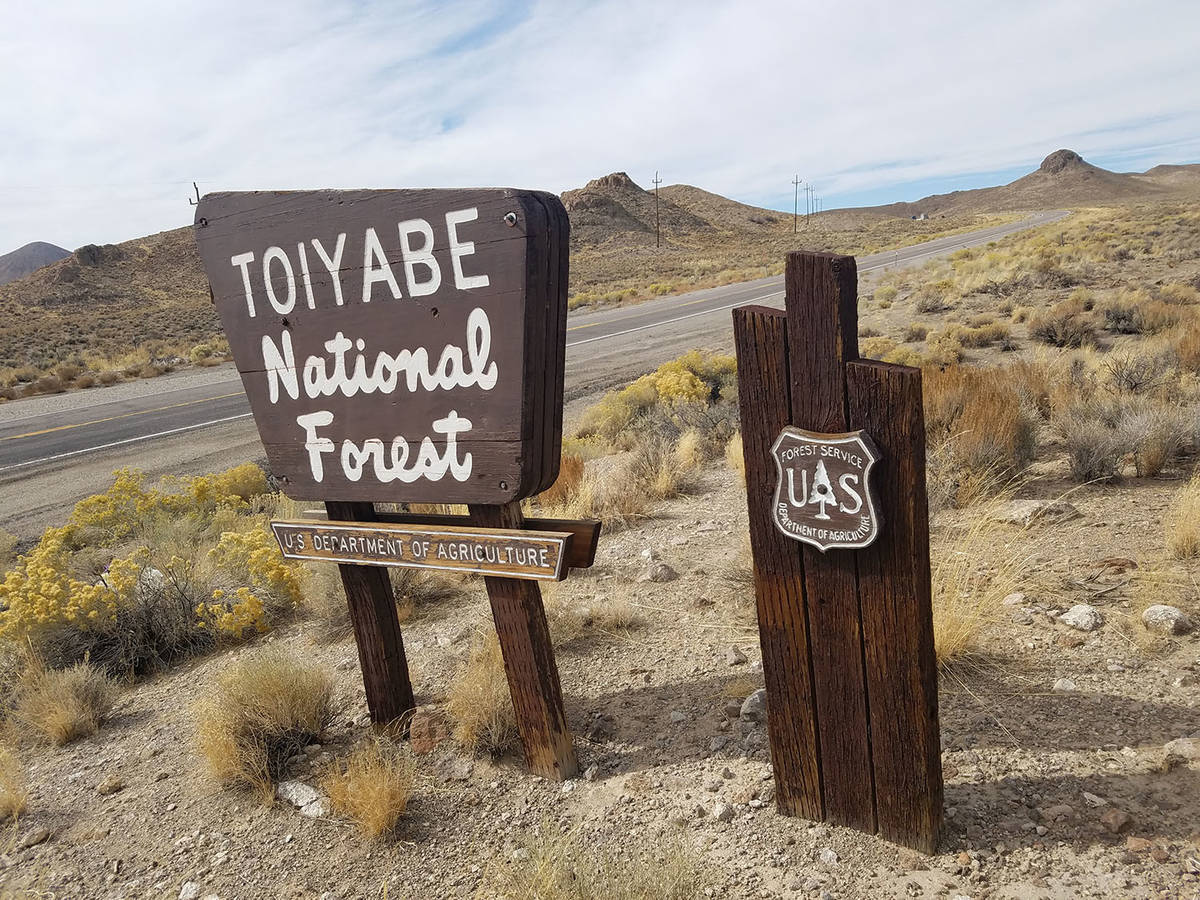Public comment period opens for preliminary environmental assessment
The Humboldt-Toiyabe National Forest, in partnership with the Bureau of Land Management’s Southern Nevada District Office, released a preliminary environmental assessment for the Spring Mountain Wild Horse and Burro Complex Project on Wednesday. The BLM and Humboldt-Toiyabe forest have opened a 30-day public comment period.
The Spring Mountains Wild Horse and Burro Complex Project Environmental Assessment is being prepared to address the environmental consequences of a proposed agency action to implement a Herd Management Area Plan.
“There is a need for the USDA Forest Service and Bureau of Land Management to manage wild horse and burro populations consistently across the Spring Mountains Wild Horse and Burro Complex to achieve a thriving natural ecological balance among wild horse and burro populations, wildlife, vegetation, and water resources,” said Spring Mountains National Recreation Area Manager Deb MacNeill.
The proposed action will establish appropriate management levels for the Spring Mountain National Recreation Area, the BLM said in a statement. The federal agency also stated that the action will reaffirm the appropriate management levels for wild horses and burros within the Spring Mountains Wild Horse and Burro Complex.
The Spring Mountains Wild Horse and Burro Complex is located on the Humboldt-Toiyabe National Forest’s Spring Mountains National Recreation Area and the Bureau of Land Management’s Southern Nevada District in Clark and Nye counties in Nevada.
The complex encompasses three joint management areas and consists of 784,326 acres of federal land. Of that land, 21% is on National Forest System lands and 79% is on BLM lands.
“The joint management areas are Red Rock at 187,639 acres, Johnnie at 216,874 acres, and Spring Mountains/Wheeler Pass at 379,813 acres,” the BLM stated.
The BLM states that the appropriate management levels are based on in-depth analysis of population inventory and resource monitoring and is the best scientific data and information available. If the appropriate management levels are achieved, the BLM says that it would prevent deterioration of the rangelands and help maintain an ecological balance.
Additionally, the BLM said, “The proposed action will outline how the use of gathers and removals, fertility control treatments, sterilization and sex ratio adjustments could be used to achieve and maintain AMLs within the complex.”
The action would also assist with other areas as well: “Impacts of excess wild horse use within the habitats of the endangered Mt. Charleston blue butterfly and threatened desert tortoise; resource damage created by excess wild horse and burro populations, such as degraded vegetation due to overgrazing as well as trampling at spring water sources; dangerous driving conditions created by habituated wild horses and burros along state highways throughout the complex area; and potential public safety encounters with excess wild horse and burro populations, especially in high-use recreation areas.”
The Spring Mountains Wild Horse and Burro Complex Preliminary Environmental Assessment and other project documents are available at: https://www.fs.usda.gov/project/?project=40960.
Electronic comments must be submitted in a format such as an email message, pdf, plain text (.txt), rich text format (.rtf), or Word (.doc). They can be uploaded to the “Comments/Objection on Project” section of the project website at https://www.fs.usda.gov/project/?project=40960 under “get connected.” Please put “Spring Mtn WHB Complex EA” into the subject line.
Comments may also be mailed to: Deb MacNeill, Spring Mountains National Recreation Area Manager, 4701 North Torrey Pines Dr., Las Vegas, NV 89130-2301, or submitted by fax at 702-515-5447.

















